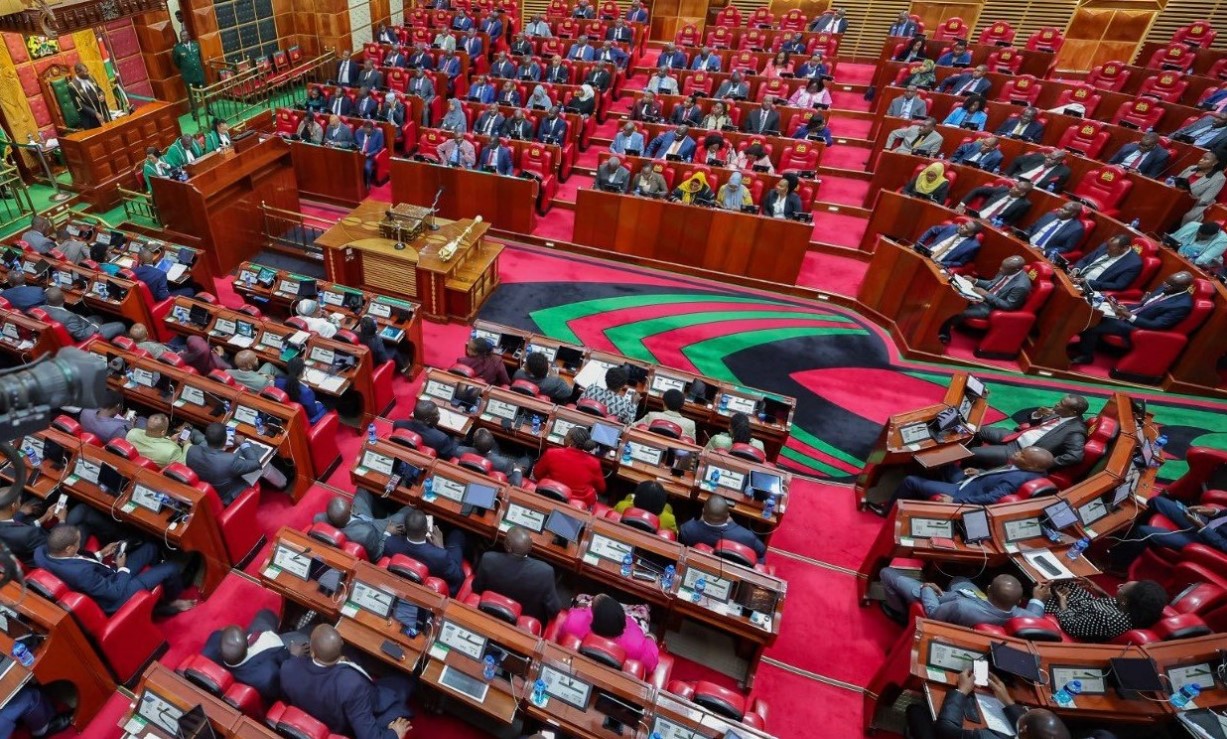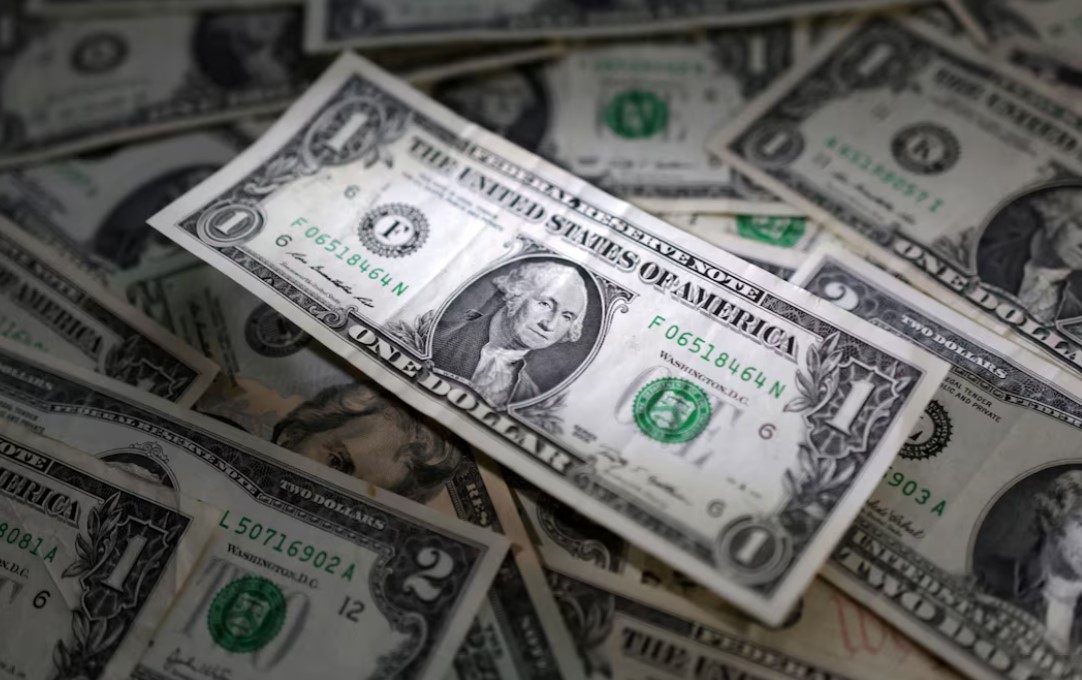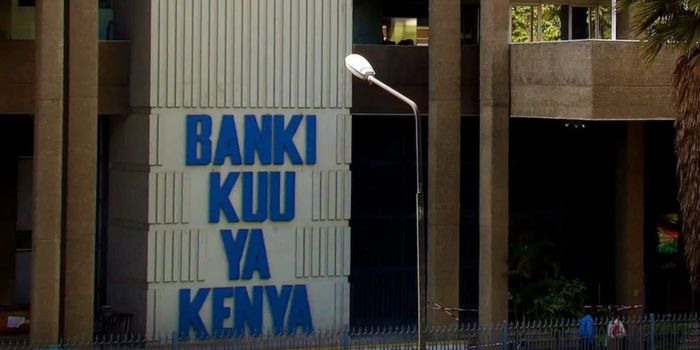Boost for Kenyan importers on adequate reserves and stable Shilling

By Alfred Onyango |
The latest weekly bulletin by the CBK shows the reserves stood at $9,323 million (Sh1.2 trillion at the current exchange rate), an equivalent of (4.8 months of import cover) as of November 7.
Kenyan importers are seemingly experiencing a favourable trading period as the country's foreign exchange reserves rise and the Shilling remains relatively stable against the US dollar.
The country's reserves have been on the rise for the past two months, from early September, to stay above the statutory requirement of at least four months of import cover.
Keep reading
The latest weekly bulletin by the Central Bank of Kenya (CBK) shows the reserves stood at $9,323 million (Sh1.2 trillion at the current exchange rate), an equivalent of (4.8 months of import cover) as of November 7.
"This meets the statutory requirement to endeavour to maintain at least 4 months of import cover," the apex bank says.
The record is a new four-year high, mostly attributed to the latest disbursements from the International Monetary Fund (IMF) and the net dollar purchases by the apex bank.
The reserves have been on a continued downturn sometime last year, hitting the lows of 3.54 months of import cover in December, mainly on the back of the piling pressure of the June 2024 Eurobond maturity.
On the other hand, the local currency, whose prospect is somewhat dictated by the reserve's proportion, has remained stable in its exchange against the dollar for the past three months and running.
It has been exchanging at an average of 129 against the US dollar.
Compared to early this year when it was at its lowest of 161, the local currency has gained about 32 unit values, representing a 19.9 per cent gain.
Forex Reserves
Importers usually rely on Forex Reserves for the much-needed US dollars to facilitate their importation, and they also leverage on a stronger shilling for less costly trading.
Ideally, when the country's Forex reserves dwindle, importers often find it hard to access the scanty dollars for their imports, a situation that triggers the value of the available dollars to go up, making traders dig deeper into their pockets to buy the currency.
Consequently, this means the shilling weakens, and the knock-on effect is the Kenyan consumers who will have to cope with costly commodities as importers pass down the burden.
For instance, early this year when the Shilling weakened to about 161 against the dollar, it meant importers were spending as much as Sh161 to buy a single dollar for their imports.
Currently, with the shilling exchanging at the 129 average, it means importers are spending about Sh30 less than what they used to spend to purchase a single dollar when the shilling was at its lowest early this year.
After months of volatility in the currency markets, this steadiness could be picturing a significant relief for both traders and consumers.
Nevertheless, rising reserves also point to the increasing diaspora inflows which currently is the country's major foreign exchange earner in support of the reserves.
The latest inflows data by CBK shows remittances for October increased by 4.5 per cent to $437.2 million (Sh56.6 billion), from $418.5 million (Sh54.13 billion) in September.
The October record now marks the highest receiving month so far this year.
For the entire year 2023, Kenyans living and working abroad increased the money they sent back home by Sh25.9 billion, riding on the weakening shilling as projected by financial services firm, Western Union.
In its inaugural Global Money Transfer Index in March last year, the corporation projected an increase in remittances, fueled by the weakening shilling that hit the 160 mark against the US dollar.
Looking ahead as the shilling stabilises and foreign exchange reserves grow, Kenyan importers could be looking up to improved trade relations and easier access to financing.
This is because the consistent exchange rate reduces the risk of sudden price hikes, which often result from currency fluctuations.
Moreover, the government's positive fiscal outlook, combined with the central bank's proactive measures, indicates a healthy economic environment that supports both local and international trade.
Reader comments
Follow Us and Stay Connected!
We'd love for you to join our community and stay updated with our latest stories and updates. Follow us on our social media channels and be part of the conversation!
Let's stay connected and keep the dialogue going!














